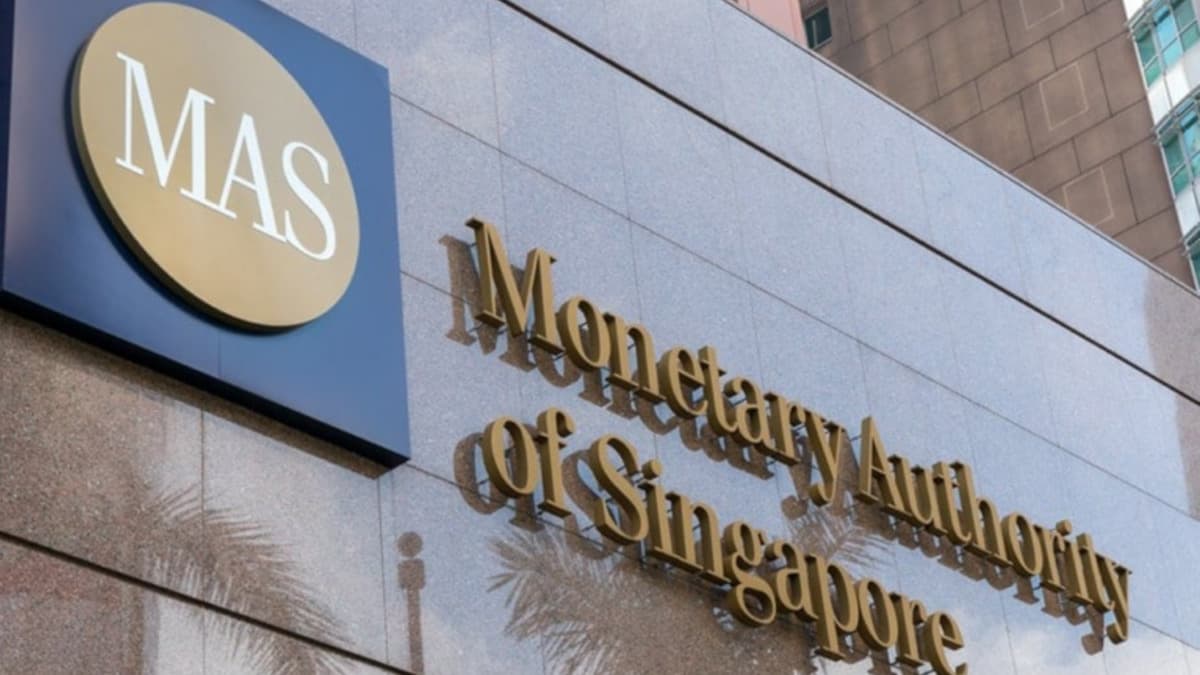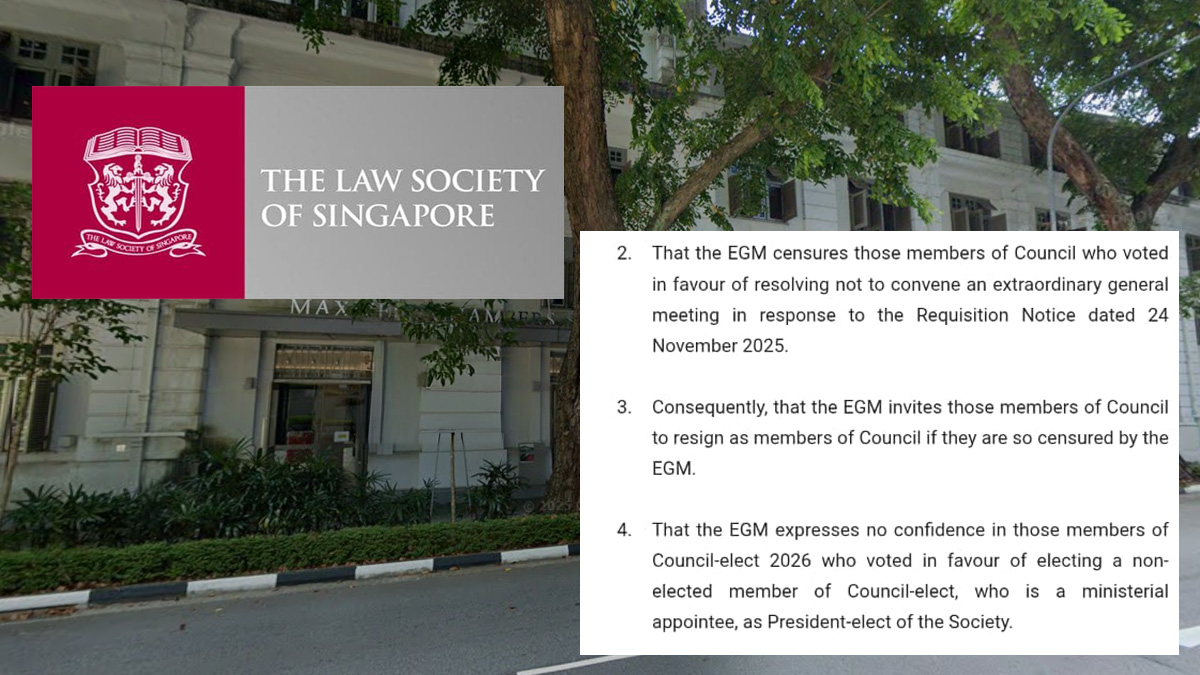MAS reports S$19.7 billion profit as investment gains surge, driven by global market recovery
The Monetary Authority of Singapore (MAS) recorded a sharp profit rise to S$19.7 billion for FY2024/25, boosted by S$31.4 billion in investment gains despite currency translation losses and higher money-market expenses.

- MAS posted a net profit of S$19.7 billion, driven by strong global investment returns.
- Currency translation losses of S$3.4 billion offset some gains, while liquidity operations cost S$8.3 billion.
- MAS expects subdued inflation into 2026 and steady financial-sector growth amid global uncertainty.
The Monetary Authority of Singapore (MAS) reported a net profit of S$19.7 billion for the financial year ended 31 March 2025, marking a substantial increase from S$3.8 billion the previous year, according to its annual report released on 15 July.
The central bank attributed the surge to S$31.4 billion in investment gains, partially offset by a S$3.4 billion currency translation loss and S$8.3 billion in expenses from money-market operations.
MAS managing director Chia Der Jiun said the rebound in global markets had been broad-based across asset classes and regions, helping to drive strong returns. He noted that global financial markets remained resilient over the year, supported by moderating inflation, stabilising interest-rate expectations, and broad economic growth.
Deputy managing director Jacqueline Loh added that equities delivered higher-than-expected performance amid easing inflation pressures and improving investor sentiment, particularly in developed markets.
The S$3.4 billion translation loss, MAS explained, resulted from the appreciation of the Singapore dollar against major currencies. Chia noted that such translation effects did not reflect actual investment performance but arose because MAS reports in Singapore dollars.
Expenses of S$8.3 billion were mainly tied to active money-market operations conducted to manage liquidity in the banking system. MAS said these operations were necessary to ensure short-term stability in financial conditions and to support monetary-policy objectives.
Despite challenges stemming from US trade policy uncertainty, global markets remained broadly stable. Chia observed that equity markets recovered from April’s volatility and reached new highs, while credit spreads stayed tight and Asian currencies strengthened.
He cited the temporary market turbulence in April following the announcement of US tariffs by President Donald Trump but noted that subsequent developments, including a 90-day pause and later tariff notices scheduled for 1 August, did not dent market confidence.
Chia cautioned that markets remained vulnerable to sharp pullbacks if trade tensions or geopolitical risks were to escalate, adding that investor complacency might leave markets exposed given benign pricing despite persistent risks.
MAS chief economist Edward Robinson forecast that inflation in Singapore will stay low and stable through 2026. He attributed this to weak imported inflation, slower domestic cost growth, and subdued consumer spending.
“Slower global demand will keep imported goods inflation modest,” the report said, adding that regional excess capacity would further contain price pressures in Southeast Asia.
Locally, MAS expects unit-labour-cost growth to ease as wage increases moderate and productivity improves, aided by government subsidies.
However, Chia warned that while near-term disinflationary forces remain strong, risks are two-sided. “If trade frictions or geopolitical tensions worsen, inflation may rebound, particularly through supply-chain disruptions or commodity price shocks,” he said.
The annual report also highlighted MAS’s enhanced stress-testing framework, which applied more severe global and domestic economic scenarios this year. Results showed that while Singapore’s corporate and household sectors remain resilient, some smaller and export-oriented firms could face pressure under prolonged external weakness.
Chia advised households with irregular income to avoid excessive borrowing and to prioritise financial prudence given the uncertain outlook.
Singapore’s financial-services sector expanded by 6.8% in 2024, up from 3.1% in 2023. This brought the sector’s average growth between 2021 and 2024 to 4.7%, aligning with the targets set under the Financial Services Industry Transformation Map.
According to MAS, key performance highlights included sustained banking resilience throughout 2024; insurance sector assets rising 3.6% to S$456.4 billion; continued growth in foreign-exchange trading, reinforcing Singapore’s position as a leading Asian FX hub; robust expansion in corporate debt markets; and total assets-under-management (AUM) exceeding S$6 trillion for the first time, a 12.2% increase year-on-year.
Chia said that while wealth-management inflows remained strong, MAS continued to focus on combating illicit financial flows and enhancing anti-money-laundering safeguards. “Singapore will continue to welcome legitimate capital inflows while maintaining strict vigilance against financial crime,” he stated.
However, he added that growth rates are likely to normalise in the coming years amid slowing global demand and reduced financing activity.
Beyond financial performance, MAS outlined several strategic technology initiatives aimed at bolstering long-term financial-sector resilience and innovation. The authority completed its Quantum Key Distribution (QKD) sandbox trial in 2024, conducted in partnership with banks and technology firms to test quantum-safe encryption for future-proof cybersecurity.
MAS also committed an additional S$100 million under the Financial Sector Technology and Innovation (FSTI 3.0) grant programme to strengthen Singapore’s capabilities in quantum technology and artificial intelligence (AI).
As part of this initiative, the central bank launched PathFin.ai, a collaborative platform enabling financial institutions to share best practices and use cases for AI adoption. Twenty institutions spanning banking, insurance, capital markets, and payments have joined so far.
In December 2024, MAS published an information paper detailing best practices for generative-AI risk management. The paper outlined governance frameworks, bias-control mechanisms, validation processes, monitoring systems, and emergency “kill-switch” provisions to ensure responsible deployment.
“MAS will continue to foster innovation while maintaining public trust through robust oversight and governance,” the report said.
Summarising the year’s performance, Chia Der Jiun said MAS’s strong profit reflected disciplined investment and prudent risk management amid a challenging environment. “While global markets have stabilised and inflation has moderated, uncertainty remains high. MAS will continue to ensure macro-financial stability and safeguard the strength of Singapore’s financial system,” he said.
He reiterated that Singapore’s economic fundamentals remain sound but cautioned that external shocks—such as intensified trade tensions or major geopolitical disruptions—could still pose risks to financial stability.
MAS said it will maintain a measured and flexible approach in its monetary-policy and market operations to ensure continued confidence in Singapore’s financial system.








0 Comments